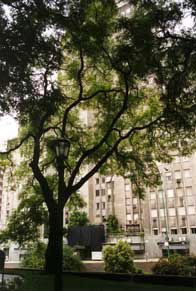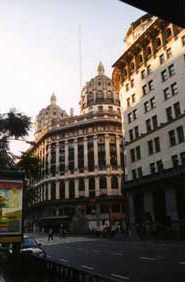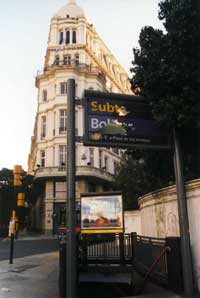
Plaza San Martin
Introduction: the Argentine Paradox
"Why are we an under-developed country?," Susanita asked her friend Mafalda in one of Argentina's comic books written by Quino. Mafalda pointed to a map of the Earth: "Don't you see? We're upside down, and our ideas fall from our heads.'
This may be the only plausible explanation, for Argentina is a country the size of India, with some of the world's richest agricultural land and only 37 million people. Between 1840 and 1930, more than 3.5 million Europeans arrived in Argentina and created one of the world's most brilliant and promising societies. In 1914, its percapita income was the same as that of Germany and the Netherlands - and its foreign trade was larger than Canada's. Argentina represented the idea of a rich, functional Latin America.
But after the global depression of1929, decades of political turmoil and misguided economic policies made the country miss the train to First-World status. The country's industral base - created in the 1940's and 50's under protectionist policies - remained dependent and weak. Argentina today lives in the memory of riches long gone.

Bank of Boston, Avenida R. Saenz Pena

Residential building, downtown Buenos Aires

Calle Florida, Financial District

Subway station damaged by protesters

Honor guard, Plaza de Mayo

Statue of the Liberator, Jose de San Martin

Alley cats, Recoleta cemetery